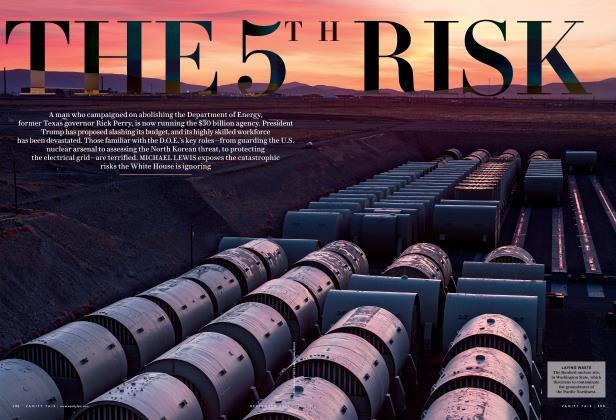Sign In to Your Account
Subscribers have complete access to the archive.
Sign In Not a Subscriber?Join NowWith Italy reeling from the COVID-19 pandemic and 60 million people across the nation ordered to remain indoors, a documentary photographer ventures out to record the quiet desolation of a modern plague
May 2020 Alex MajoliWith Italy reeling from the COVID-19 pandemic and 60 million people across the nation ordered to remain indoors, a documentary photographer ventures out to record the quiet desolation of a modern plague
May 2020 Alex MajoliIn March, as the coronavirus continued to spread across Italy, authorities announced they would place the entire country in lockdown.
At the time, Italian-born photographer Alex Majoli was doing an artist residency near Codogno, one of the epicenters of the pandemic. He decided to head south, where he has a home, intending to chronicle the impact of the virus on the people of Sicily. "I was born in the north, Ravenna," says Majoli, who also maintains an apartment in Brooklyn. "Up north, people are good at masking their anguish. But in Sicily, everything is always more theatrical, more epic. They feel sorrow more deeply, more philosophically, because their worldview is a couple of centuries behind. In Sicily, I realized, I'd see more of a visual sense of this tragedy."
Back north, morgues were overflowing. Hospitals "stopped taking any non-emergency patients," Majoli says. "It was all coronavirus." Soon the south absorbed an estimated 30,000 Italians fleeing the stricken north, some of whom had brought the contagion with them. As the nation's fatalities climbed into the thousands, eclipsing China's death toll, Majoli saw a Sicily rocked by the same tremors he'd witnessed near Codogno. People were forced to remain indoors. Cemeteries were shut to keep people from congregating there. Funerals were banned lest mourners come in contact with the families of the deceased—or with one another.
To Majoli, Sicily held additional gravitas: its connection to pandemics of the past. Down through the centuries, waves of plague came to Europe from Asia, through east-west trade routes, first taking hold in port cities such as Palermo. In the 1620s, the so-called Black Death arrived on ships that docked in the harbor. And legend has it that a Sicilian woman, who had died in the 12th century—500 years before—soon began appearing as a vision to local residents. The citizens are said to have located her bones in a cave, paraded them through the town, and the plague miraculously lifted. Today, four centuries on, Sicilians have been praying again to that savior—Santa Rosalia, Palermo's patron saint—for her help in keeping the virus at bay. Since large gatherings are outlawed and few can attend church services, many download prayer apps. In Sicily, as in so many places touched by the pandemic, where there is faith, there is resilience.
—DAVID FRIEND
 View Full Issue
View Full Issue


















Subscribers have complete access to the archive.
Sign In Not a Subscriber?Join Now